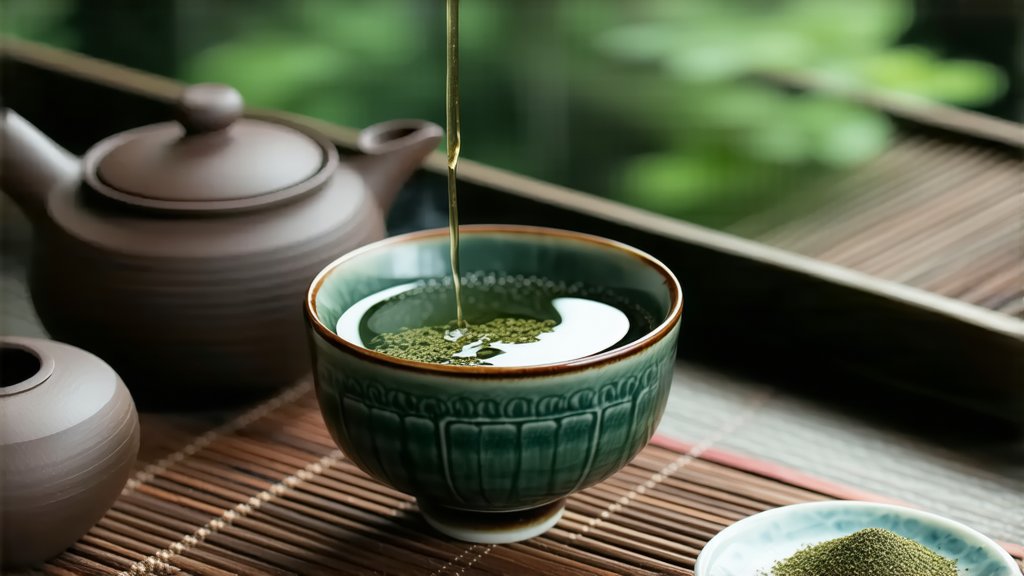
China, the cradle of tea, boasts a rich tapestry of tea cultures that span centuries, each variety telling its own unique story through flavors, aromas, and traditions. Among these, Oolong tea stands out as a captivating bridge between green and black teas, embodying a delicate balance of oxidation that imparts its distinctive character. Within the realm of Oolongs, Tieguanyin, also known as "Iron Goddess of Mercy," reigns supreme, particularly cherished for its complexity and depth. This article embarks on a journey to explore the history, varieties, production process, and art of appreciating this exquisite tea from China's Fujian province.
Historical Roots: A Legendary Origin
Tieguanyin's tale is intertwined with myth and history. Its name, translating to "Iron Goddess of Mercy," pays homage to the慈悲的觀音菩薩 (Cibei Guanyin), a revered Bodhisattva in Chinese Buddhism. According to local lore, the tea was discovered by a poor farmer named Wei in Anxi County during the Qing Dynasty. One day, while tending his tea plants near a temple dedicated to Guanyin, Wei stumbled upon a peculiar bush whose leaves shimmered with a metallic sheen under the sun. Intrigued, he harvested the leaves and crafted them into tea. The resulting brew was unlike any other, exuding an extraordinary fragrance and taste that seemed almost divine. Believing it to be a gift from the goddess herself, Wei named the tea Tieguanyin and dedicated his life to cultivating and perfecting it.
A Symphony of Varieties
While Tieguanyin is often associated with a specific type of Oolong from Anxi, the term has become somewhat generic over time, encompassing several high-quality Oolongs produced in the region. True Anxi Tieguanyin, however, is distinguished by its unique terroir, including the famous Xiamen area where the original discovery took place. Other notable mentions include Da Hong Pao from the Wuyi Mountains, though it's technically a different variety within the broader category of Oolongs. Each sub-variety carries its own nuances in flavor profile and aromatic bouquet, influenced by factors such as altitude, soil composition, and microclimate.
Crafting the Elixir: The Art of Tieguanyin Production
The magic of Tieguanyin lies not only in its historical allure but also in the meticulous craftsmanship involved in its production. The process begins with careful hand-picking of young shoots and leaves, typically in the spring when the plant's vitality is at its peak. These are then withered under the sun or indoors to reduce moisture content and initiate enzymatic activity. Next comes the bruising stage, where the leaves are tossed in bamboo baskets to break cell walls, facilitating oxidation.
Oxidation is a critical step that differentiates Oolong teas from green and black teas. For Tieguanyin, this process is halted at around 30-50%, preserving both fresh grassy notes and deeper, more mature flavors. After partial oxidation, the leaves undergo multiple rounds of rolling and shaping, followed by roasting to further develop their signature roasted aroma and remove excess moisture. Finally, the tea is sorted and graded based on quality before packaging.
The Ritual of Tasting: Savoring Tieguanyin
Tasting Tieguanyin is an experience that engages all senses, best enjoyed through the traditional Gongfu tea ceremony, which emphasizes precision and mindfulness. Begin by warming the teapot and cups with hot water to enhance the aroma. Add about 7 grams of loose leaf tea per 100ml of pot capacity. The first infusion serves to 'wake up' the leaves, so it's customary to discard this brew. Subsequent infusions reveal the true essence of Tieguanyin, with each brew offering a progression of flavors from floral and fruity notes to richer, more earthy undertones.
To fully appreciate Tieguanyin, one must pay attention to its 'throat feel', a smooth sensation that lingers after swallowing, indicating high quality. Additionally, observe the tea's 'Qi', a subtle energy believed to invigorate the body and mind. The leaves can be steeped multiple times, revealing new dimensions with each infusion.
In conclusion, Tieguanyin is more than just a beverage; it embodies a philosophy of harmony between nature and human creativity. Its journey from mythical origins to becoming a symbol of refined taste highlights the depth and diversity of Chinese tea culture. Whether you're a seasoned connoisseur or a curious newcomer, savoring a cup of Tieguanyin invites you to partake in a timeless tradition that celebrates the beauty of simplicity and the artistry of tea making.